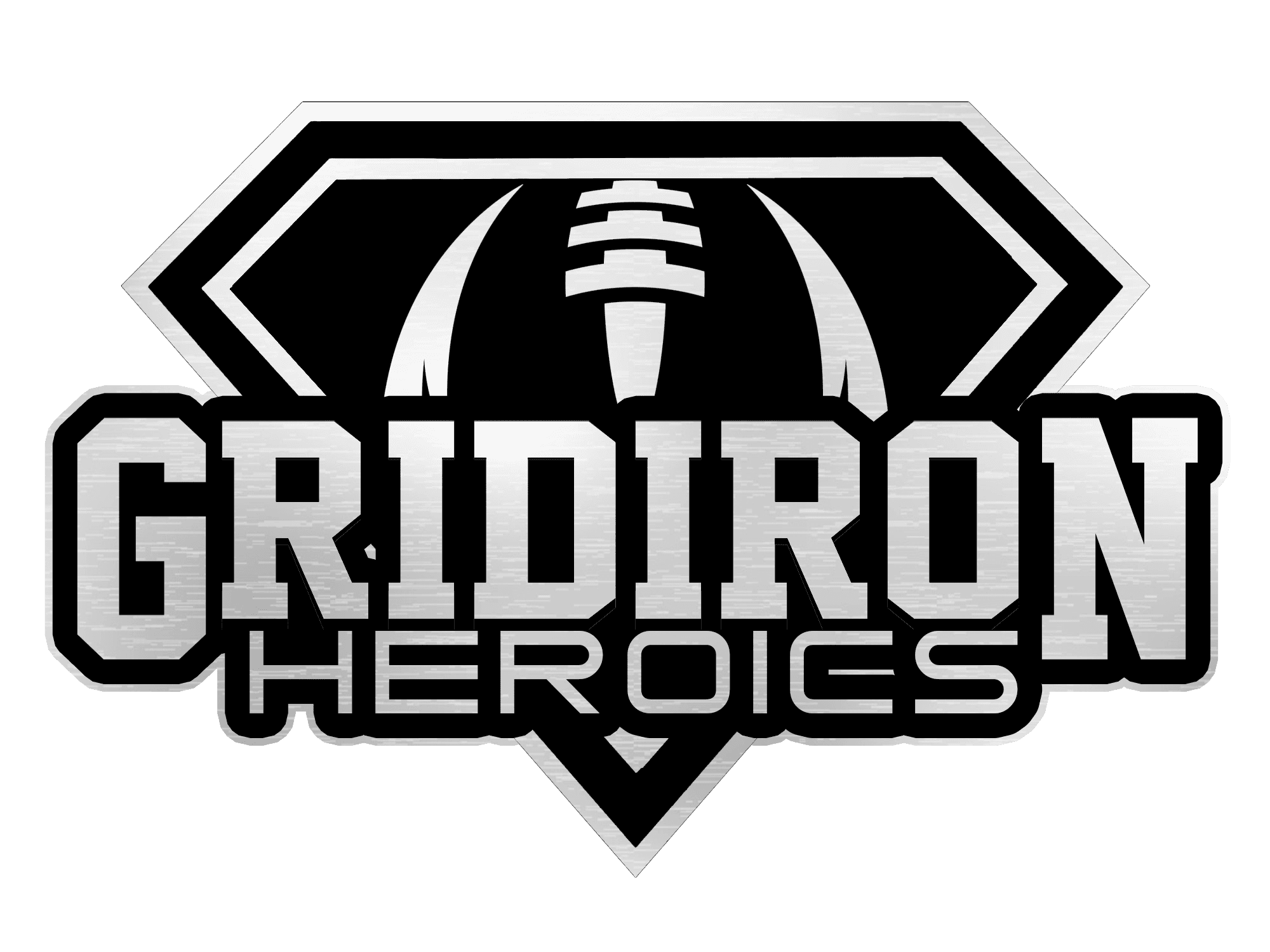The Sun Bowl stands as one of college football’s most prestigious and historic bowl games. With roots dating back to 1935, this annual event has become a cornerstone of the sport’s postseason landscape, evolving alongside the changing face of collegiate athletics.
History and Origins
The Sun Bowl was conceived in 1934 by Dr. Brice Schuller at a meeting of the El Paso Kiwanis Club. Initially proposed as a game between El Paso high school all-stars and a worthy opponent, the event quickly evolved into a college football showcase. The inaugural Sun Bowl took place on January 1, 1935, featuring a match between Texas high school teams.
The name “Sun Bowl” was suggested by Dr. C. M. Hendricks, who became the first Sun Bowl Association President. From its inception, the Sun Bowl had a threefold purpose: to present a football attraction of national importance, to promote El Paso and the Southwest, and to generate tourist income for the area.
Evolution and Growth
The Sun Bowl’s history can be divided into several key periods:
1935-1935: The inaugural game featuring high school teams.
1936-Present: Transition to college teams, with New Mexico State and Hardin-Simmons Universities playing in the 1936 edition.
Throughout its history, the Sun Bowl has featured an impressive array of college football programs. Seven of the top 10 winningest programs of all-time have participated in the Sun Bowl, and 30 college programs that have won national championships have made appearances.
Sponsorship and Branding
The Sun Bowl has seen various sponsorship arrangements over the years:
1986-1989: John Hancock Sun Bowl
1989-1993: John Hancock Bowl
1994-2018: Sun Bowl (no title sponsor)
2019-2022: Tony the Tiger Sun Bowl (sponsored by Kellogg’s)
2023-Present: Tony the Tiger Sun Bowl (sponsored by WK Kellogg Co)
The introduction of corporate sponsorship in 1986 marked a significant shift in the bowl’s financial structure, helping to alleviate the burden of decreasing television rights fees and rising NCAA-imposed costs3.
Venue Evolution
The Sun Bowl has called several stadiums home throughout its history:
1935-1937: El Paso High School stadium
1938-1962: Kidd Field
1963-Present: Sun Bowl Stadium
Sun Bowl Stadium, located on the campus of the University of Texas at El Paso, has been the game’s home since 1963. The stadium’s picturesque setting, nestled between two mountains, has become an iconic part of the Sun Bowl experience.
Notable Moments and Achievements
The Sun Bowl has been the stage for numerous memorable moments in college football history:
- 1940: The only 0-0 tie in Sun Bowl history, between Arizona State Teachers College at Tempe and Catholic University.
- 1955: Future celebrities Lee Corso and Burt Reynolds (then known as “Buddy”) played for Florida State.
- 1974: The “Fog Bowl,” where a freak snowstorm and warming temperatures created rising steam from the field.
- 1994: Priest Holmes scored four touchdowns as Texas defeated North Carolina in what was voted the greatest Sun Bowl ever played.
Conference Affiliations
For many years, it was tradition to match the Border Conference champion against the best available opponent. Today, the Sun Bowl features teams from the Atlantic Coast Conference (ACC) and the Pac-12 Conference, an arrangement set to continue through the 2025 season.
Economic Impact and Charitable Contributions
The Sun Bowl has had a substantial economic impact on El Paso and the surrounding region. Economic studies have revealed that the direct economic impact to the area from the bowl game is 12 to 15 million dollars annually.
Beyond its economic significance, the Sun Bowl has maintained a strong commitment to charitable giving. The game was initially conceived as a way to benefit underprivileged children and finance improvements to local sports facilities.
Ticket Information
Securing tickets for the Sun Bowl can be competitive, especially given its long-standing tradition and popularity. Fans can typically purchase tickets through several channels:
- Official Sun Bowl website
- Participating schools’ ticket offices
- Secondary market platforms
Ticket prices vary based on factors such as seat location and matchup popularity. The Sun Bowl has seen impressive attendance figures, with eight games eclipsing 50,000 fans. The record attendance was set when Notre Dame played Miami, drawing 54,021 spectators.
Broadcast History
The Sun Bowl holds a unique position in college football broadcasting. It is one of only two bowl games not aired on the ESPN family of networks. CBS has broadcast the game each year since 1968, making it one of only two games on CBS that doesn’t involve an SEC team.
Challenges and Controversies
Like many long-standing institutions, the Sun Bowl has faced its share of challenges. One notable controversy occurred in 1949 when Lafayette College turned down an invitation to play in the Sun Bowl due to the committee’s refusal to allow an African American player to participate. This incident led to significant student protests against segregation.
Future Outlook
As college football continues to evolve, the Sun Bowl remains a constant fixture in the sport’s landscape. Its inclusion in the “New Year’s Six” bowl games and its consistent ability to attract top teams ensure its relevance and prestige for years to come.
The Sun Bowl represents more than just a game; it’s a celebration of college football’s history, tradition, and future. From its humble beginnings as a local charity event to its current status as a nationally recognized bowl game, the Sun Bowl continues to captivate fans and players alike.
As it approaches its 90th year, the Sun Bowl stands as a testament to the enduring appeal of college football and its ability to bring people together in the spirit of competition and sportsmanship. With its rich history, stunning venue, and commitment to excellence, the Sun Bowl is poised to remain a cornerstone of the college football postseason for generations to come.


